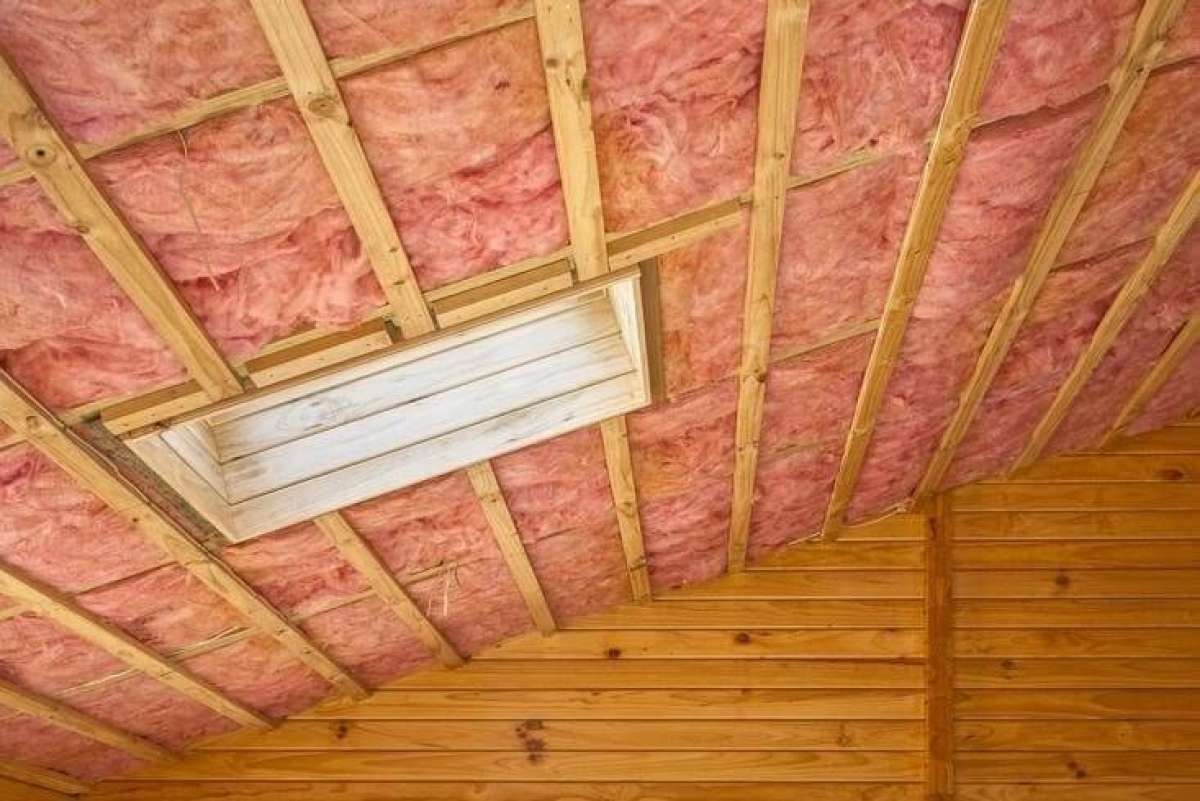

Articles
What Is Insulation In Science
Modified: October 31, 2024
Discover the importance of insulation in science with our informative articles. Learn how insulation works and its applications in various fields.
(Many of the links in this article redirect to a specific reviewed product. Your purchase of these products through affiliate links helps to generate commission for Storables.com, at no extra cost. Learn more)
Introduction
Insulation plays a crucial role in the field of science, providing a means to control heat flow, protect materials, and improve energy efficiency. In simple terms, insulation refers to any material or technique used to minimize the transfer of heat, sound, or electricity between two objects or spaces. It is an integral part of various scientific experiments, research, and practical applications, contributing to advancements in several disciplines.
Insulation not only helps maintain optimal temperature conditions but also ensures the safety and stability of scientific equipment and processes. By effectively containing or limiting the transfer of heat, insulation allows for greater control and accuracy in scientific measurements and observations. Moreover, it helps to reduce energy consumption, minimize heat loss, and prevent damage to sensitive materials and components.
In scientific experiments and research, insulation is utilized in various ways. From providing thermal barriers and electrical insulation in laboratory equipment to maintaining controlled environments in climate-controlled chambers, insulation is essential for accurate and precise results. Additionally, insulation is employed in the construction of laboratories and research facilities to create insulation barriers that prevent sound, heat or electricity from entering or leaving the space.
The choice of insulation material depends on the specific requirements of the scientific application. Commonly used materials include fiberglass, foam insulation, mineral wool, and cellulose. Each material offers unique properties such as thermal resistance, low conductivity, and fire resistance, making them suitable for various scientific purposes.
In the study of thermal insulation, conductivity and thermal resistance are important factors to consider. Conductivity refers to the ability of a material to transfer heat, while thermal resistance measures how effectively the material resists heat transfer. Insulating materials with high thermal resistance and low conductivity help to prevent heat flow, providing insulation and ensuring temperature control in scientific experiments.
Key Takeaways:
- Insulation is essential in scientific research, maintaining stable temperatures, protecting equipment, and optimizing energy efficiency. It enables accurate measurements and contributes to advancements across disciplines.
- Future advancements in insulation technology, such as nanotechnology and smart insulation, hold promise for improved performance, sustainability, and adaptability in scientific experiments.
Read more: What Is Insulation
Definition of Insulation
Insulation is the process or materials used to limit the transfer of heat, sound, or electricity between two objects or spaces. It involves creating a barrier or layer of material that reduces heat flow, ensuring temperature control, and preventing the escape of heat or the intrusion of cold air.
In scientific terms, insulation can be defined as the practice of minimizing heat transfer through means of low thermal conductivity materials or techniques. By minimizing heat transfer, insulation helps to maintain a stable and controlled environment necessary for conducting scientific experiments and research.
Insulation can take various forms, including solid materials, gases, or even a vacuum. The choice of insulation material depends on the specific requirements of the application, such as the desired level of thermal resistance, electrical conductivity, or fire resistance.
Insulation materials can be categorized into two broad types: thermal insulation and electrical insulation. Thermal insulation is used to control heat transfer, while electrical insulation is used to prevent the flow of electric current. Both are crucial in scientific experiments and research to ensure accurate measurements, protect equipment, and optimize energy efficiency.
Thermal insulation materials, such as fiberglass, foam insulation, or mineral wool, have properties that reduce heat flow by trapping pockets of air or other insulating gases. This prevents the conduction of heat and slows down the transfer of energy. In contrast, electrical insulation materials, like rubber, PVC, or ceramic, are designed to have high electrical resistance, preventing the flow of current and protecting conductive elements from short circuits or electrical shocks.
Overall, insulation is an essential component in the field of science, providing the means to control environmental conditions, protect equipment, and optimize energy usage. It allows for more accurate and reliable scientific measurements, enables the creation of controlled environments, and contributes to the advancement of scientific knowledge and research.
Importance of Insulation in Science
Insulation plays a vital role in the field of science, serving multiple purposes and offering numerous benefits. It is of utmost importance in scientific experiments, research, and practical applications. Let’s explore the significance of insulation in the scientific realm:
1. Temperature Control: Insulation helps maintain optimal temperature conditions for conducting experiments and research. By minimizing heat transfer, it ensures that the desired temperature is maintained within a controlled environment. This is particularly crucial when dealing with sensitive materials, biological samples, or reactions that require specific temperature parameters.
2. Energy Efficiency: Insulation contributes to energy conservation in scientific settings. By minimizing heat loss or gain, it reduces the workload of heating or cooling systems, resulting in lower energy consumption. This is significant because energy efficiency is not only cost-effective but also better for the environment.
3. Stability of Measurements: Insulation helps maintain stable and consistent experimental conditions, leading to more accurate and reliable measurements. Fluctuations in temperature can negatively impact experimental results and introduce errors. By providing thermal barriers, insulation ensures that external temperature changes do not interfere with the scientific process.
4. Protection of Equipment: Insulation safeguards scientific equipment from extreme temperatures, electrical disturbances, and other potentially damaging factors. For example, electrical insulation prevents short circuits or electrical shocks, while thermal insulation shields sensitive instruments from excessive heat or cold. This protection extends the lifespan of equipment, reduces maintenance costs, and allows for reliable and long-lasting performance.
5. Noise Reduction: In addition to temperature and electrical insulation, sound insulation is also vital in scientific settings. Excessive noise can interfere with delicate experiments or research that requires a quiet environment. Insulation materials designed to absorb sound can help create a peaceful, distraction-free space for scientists to focus and obtain accurate results.
6. Enhanced Safety: Insulation greatly contributes to the safety of scientific facilities and personnel. By minimizing heat transfer, it prevents the risk of burns, electrical shocks, or other accidents caused by extreme temperatures or electrical currents. It also minimizes the spread of fire by inhibiting the flow of heat, providing valuable time for evacuation and fire suppression measures.
7. Optimization of Processes: Through effective insulation, scientists can achieve better control over experimental processes and reactions. Insulation allows for the creation of isolated environments, minimizing external influences that may interfere with the intended outcomes. This optimization enables scientists to study specific variables and phenomena with a higher level of precision and accuracy.
In summary, insulation is of utmost importance in the scientific field. It provides temperature control, enhances energy efficiency, ensures stability of measurements, protects equipment, reduces noise, enhances safety, and optimizes scientific processes. By incorporating insulation strategies and materials, scientists can conduct experiments and research with greater accuracy, reliability, and safety, thus advancing scientific knowledge and discovery.
Types of Insulation Materials
Insulation materials are available in various forms, each offering unique properties suited for different scientific applications. The choice of insulation material depends on factors such as thermal resistance, electrical conductivity, fire resistance, durability, and cost. Let’s explore some common types of insulation materials used in the scientific field:
1. Fiberglass: Fiberglass insulation is made from fine fibers of glass that are woven together. It is widely used due to its excellent thermal resistance and affordability. Fiberglass insulation is effective in reducing heat transfer and is commonly used in laboratories, research facilities, and HVAC systems.
2. Foam Insulation: Foam insulation is available in various forms, including rigid foam boards, spray foam, and foam-in-place insulation. It provides excellent thermal resistance and is known for its versatility and ability to fill gaps and irregular spaces. Foam insulation is commonly used in construction, refrigeration units, and scientific equipment.
3. Mineral Wool: Mineral wool insulation is made from molten rock, slag, or other minerals. It has excellent thermal and acoustic insulation properties and is known for its fire resistance. Mineral wool insulation is commonly used in laboratories, industrial settings, and areas requiring soundproofing.
4. Cellulose: Cellulose insulation is made from recycled paper products treated with fire-resistant chemicals. It has good thermal resistance and is eco-friendly. Cellulose insulation is commonly used in walls, attics, and areas where loose-fill insulation is required.
5. Polystyrene: Polystyrene insulation is a rigid foam insulation material. It has high thermal resistance and is lightweight, making it suitable for scientific applications where weight is a concern. Polystyrene insulation is commonly used in refrigeration units, cold storage facilities, and experiments where insulation with low water absorption is required.
6. Polyurethane: Polyurethane insulation is a versatile foam insulation material known for its high thermal resistance and excellent insulation properties. It is commonly used in refrigeration units, cryogenic applications, and areas where a high level of insulation is required.
7. Aerogel: Aerogel insulation is a highly effective insulation material known for its low thermal conductivity. It is lightweight and has excellent insulating properties, making it ideal for scientific applications where space is limited, and maximum insulation is required. Aerogel insulation is commonly used in space missions, cryogenic experiments, and advanced research facilities.
8. Reflective Insulation: Reflective insulation uses materials with reflective surfaces to redirect radiant heat. It is commonly used in combination with other insulation materials to enhance the overall insulation performance. Reflective insulation is suitable for scientific applications where reducing radiant heat transfer is critical, such as in solar experimentation and certain laboratory setups.
These are just a few examples of insulation materials commonly used in the scientific field. Each material has its own set of advantages and limitations, and the appropriate material should be selected based on the specific requirements of the scientific application.
Conductivity and Thermal Resistance
Conductivity and thermal resistance are two crucial factors to consider when evaluating the effectiveness of insulation materials in scientific applications. They play a significant role in determining the insulation’s ability to minimize heat transfer. Let’s explore these concepts further:
Conductivity: Thermal conductivity refers to the ability of a material to conduct heat. It is a measure of how easily heat can flow through a material. Materials with high thermal conductivity allow heat to transfer more readily, while materials with low thermal conductivity impede heat flow, making them better insulators.
Conductivity is particularly important in applications where heat transfer needs to be minimized, such as in HVAC systems, refrigeration units, or experimental setups that require precise temperature control. Using materials with low thermal conductivity reduces heat loss or gain and ensures that the intended temperature is maintained.
Thermal Resistance: Thermal resistance is a measurement of how effectively a material resists the transfer of heat. It is the reciprocal of thermal conductivity. The higher the thermal resistance value, the better the insulation performance of a material. Thermal resistance is typically denoted by the symbol “R” and is measured in units of thermal resistance per unit area (e.g., m²K/W).
In scientific applications, thermal resistance is a key parameter when selecting insulation materials. It determines how well the insulation can prevent heat transfer and maintain temperature stability. By maximizing thermal resistance, scientists can minimize heat flow and create controlled environments necessary for precise experiments or equipment operation.
Both thermal conductivity and thermal resistance are affected by various factors, including the type of material, its density, composition, and thickness. Materials with high thermal resistance and low thermal conductivity, such as aerogel or mineral wool, provide more effective insulation.
In scientific experiments where accurate temperature control is essential, using insulation materials with ideal thermal resistance can help achieve desired results. It ensures that heat loss or gain is minimized, thereby providing a stable and controlled environment for conducting research, preserving samples, or operating sensitive equipment.
It’s important to note that while thermal resistance and conductivity are key considerations, other factors such as fire resistance, durability, and cost also play a role in selecting the most suitable insulation material for a particular scientific application.
By understanding conductivity and thermal resistance, scientists can make informed decisions when choosing insulation materials to optimize their experimental setups, improve energy efficiency, and enhance the reliability and accuracy of scientific measurements.
Insulation in science refers to materials that reduce the transfer of heat, electricity, or sound. It is important for maintaining temperature, conserving energy, and preventing electrical hazards. Common insulating materials include fiberglass, foam, and cellulose.
Read more: What Is Bibs Insulation
Applications of Insulation in Scientific Experiments
Insulation plays a significant role in a wide range of scientific experiments, providing insulation barriers and controlled environments necessary for accurate measurements and optimal research outcomes. Here are some key applications of insulation in scientific experiments:
1. Lab Equipment Insulation: Insulation is essential for laboratory equipment that requires temperature control. Whether it is an incubator, freezer, or reaction chamber, insulation helps maintain stable internal temperatures, ensuring the accuracy and repeatability of experiments. Insulated equipment prevents external temperature fluctuations from affecting the samples or reactions being studied.
2. Climate-Controlled Chambers: In some research areas, such as environmental sciences or plant physiology studies, insulation is used to create climate-controlled chambers. These chambers replicate specific environmental conditions, such as temperature, humidity, or gas composition. Insulation helps maintain the desired conditions within the chamber and prevents external factors from disturbing the controlled environment.
3. Cryogenic Experiments: Insulation is crucial in experiments involving low temperatures, such as cryogenic studies. Insulating materials with low thermal conductivity, like aerogel or foam insulation, create a thermal barrier that restricts heat transfer into or out of the experimental setup. This insulation prevents temperature fluctuations and ensures stable and controlled conditions for studying phenomena at extremely low temperatures.
4. Magnetic Shielding: In experiments that involve magnetic fields, insulation is used to shield the external environment from the magnetic interference generated by the equipment. Insulation materials with low magnetic permeability, such as specific polymers or laminated sheets, are used to create a barrier that prevents magnetic fields from affecting nearby instruments or measurements.
5. Acoustic Insulation: In studies that require precise sound measurements or noise reduction, insulation is applied to control the external acoustic environment. Proper insulation materials, including sound-absorbing foams or mineral wool, help reduce background noise and create a quiet space conducive to accurate sound measurements and sensitive auditory experiments.
6. Electrical Insulation: Insulation is vital in experiments involving electrical components or circuits. Electrical insulation materials, such as rubber or PVC, are utilized to prevent short circuits, isolate conductive elements, and ensure the safety of researchers. Insulation also helps maintain stable electrical conditions and prevents the interference of external electrical signals in sensitive measurements.
7. Transport and Shipping: Insulation is necessary when transporting scientific samples, specimens, or delicate equipment. Insulated containers or packaging materials help maintain temperatures within acceptable ranges, preventing damage or degradation of samples during transportation. This is particularly important for cold-chain transportation of perishable biological materials or temperature-sensitive chemicals.
8. Greenhouse Insulation: In agricultural and plant sciences, insulation materials, such as polyethylene films or polycarbonate sheets, are used in greenhouses. Insulation helps regulate the internal temperature, prevent heat loss, and protect plants from extreme weather conditions. This enables controlled cultivation and research on plant growth, development, and response to environmental factors.
These are just a few examples of how insulation is applied in scientific experiments. Each experiment may have unique requirements, and insulation is customized to suit the specific needs of the research, ensuring accurate measurements, controlled environments, and optimal conditions for scientific discoveries.
Challenges in Insulation Research
Insulation research, while critical for advancing scientific knowledge and improving practical applications, is not without its challenges. These challenges often require innovative solutions and continuous exploration. Here are some of the key challenges in insulation research:
1. Improving Thermal Performance: One of the main challenges in insulation research is to develop materials and techniques that provide enhanced thermal performance. While existing insulation materials offer good insulation properties, there is always room for improvement. Researchers strive to develop materials with even lower thermal conductivity or higher thermal resistance to minimize heat transfer more effectively.
2. Environmental Impact: In today’s world, sustainability and environmental considerations are of utmost importance. Insulation materials may contain harmful compounds or have a significant carbon footprint. Researchers are working to develop eco-friendly and sustainable insulation options that minimize environmental impact throughout their lifecycle, from production to disposal.
3. Flexibility and Adaptability: Insulation materials need to be versatile and adaptable to different scientific applications and environments. Researchers face the challenge of developing insulation solutions that can be easily tailored to fit various shapes, sizes, and conditions. Flexibility and adaptability are essential to ensure efficient insulation in complex experimental setups and diverse research scenarios.
4. Durability and Longevity: Insulation materials should be robust enough to withstand the rigors of scientific settings. They need to maintain their insulation properties over extended periods of time, resisting degradation, wear, and environmental factors. Research efforts are focused on developing durable insulation materials that can withstand harsh conditions and remain effective over the lifespan of scientific experiments or equipment.
5. Fire Safety: In scientific settings, fire safety is paramount. Insulation materials should have good fire resistance properties to prevent the spread of flames and minimize the release of toxic fumes. Researchers are constantly exploring new ways to improve the fire resistance of insulation materials, ensuring safety in laboratories, research facilities, and other scientific environments.
6. Cost-effectiveness: Cost is a significant consideration in insulation research. Insulation materials and techniques should not only provide excellent performance but also be cost-effective. Researchers aim to develop insulation solutions that strike a balance between effectiveness and affordability, making them accessible for a wide range of scientific experiments and applications.
7. Multifunctional Insulation: There is a growing demand for insulation materials that can serve multiple purposes in scientific research. Researchers are exploring the development of multifunctional insulation materials that can provide thermal insulation, electrical insulation, moisture resistance, or even soundproofing capabilities. This quest for multifunctionality aims to simplify experimental setups, reduce complexity, and optimize overall performance.
8. Understanding Complex Phenomena: Insulation research often involves studying complex thermal, electrical, or acoustic phenomena in different scientific contexts. Researchers face the challenge of understanding these intricate processes and developing insulation materials that can effectively address these phenomena. Innovative approaches and advanced modeling techniques are employed to gain deeper insights and develop improved insulation solutions.
These challenges in insulation research drive scientific exploration and innovation. Researchers continually strive to overcome these obstacles, pushing the boundaries of insulation knowledge to develop improved materials, techniques, and applications. By addressing these challenges, advancements in insulation research can contribute to more efficient and sustainable scientific experiments, enhancing our understanding of the world around us.
Future Advancements in Insulation Technology
The field of insulation technology is constantly evolving, driven by the need for improved performance, sustainability, and versatility. Researchers and engineers are exploring various avenues for future advancements in insulation technology. Here are some potential areas where significant progress can be made:
1. Nanotechnology: Nanotechnology holds immense potential in insulation research. Nanoscale materials and structures can offer enhanced insulation properties due to their unique thermal conduction characteristics. Researchers are investigating the use of nanomaterials, such as graphene or nanofibers, to create high-performance insulation materials with lower thermal conductivity and improved thermal resistance. These advancements in nanotechnology can lead to insulation materials with superior insulation performance while being lightweight and more environmentally friendly.
2. Aerogels and Superinsulation: Aerogels, known for their low density and exceptional thermal insulation properties, have great potential for future insulation applications. Researchers are focusing on improving the production methods and reducing costs associated with aerogels to make them more accessible. Advancements in superinsulation, which involves creating highly efficient insulation materials with extremely low thermal conductivity, can revolutionize the energy efficiency of scientific experiments, buildings, and transportation.
3. Phase Change Materials (PCMs): Phase Change Materials have the ability to absorb and release heat during phase transitions, providing an effective means of storing and releasing thermal energy. Researchers are exploring the incorporation of PCMs into insulation materials to improve their thermal storage capacity and enhance the dynamic temperature control in scientific experiments. This advancement can enable insulation materials to actively regulate temperature changes, reducing the reliance on external heating or cooling systems.
4. Smart Insulation: The integration of smart technologies into insulation materials can open up new possibilities. Researchers are working on developing “smart” insulation that can adapt to changing environmental conditions or self-regulate based on temperature fluctuations. This could involve the use of sensors, actuators, or responsive materials that automatically adjust the insulation properties to maintain optimal thermal conditions in real-time.
5. Bio-based and Recyclable Insulation: As sustainability becomes a top priority, there is growing interest in developing insulation materials that are bio-based and recyclable. Researchers are exploring renewable resources, such as agricultural waste or bio-polymers, to create insulation materials with low environmental impact. Additionally, focusing on recyclability allows for insulation materials that can be easily reprocessed at the end of their lifespan to minimize waste and promote a circular economy.
6. Multilayered and Composite Insulation: Future insulation materials may incorporate a combination of layers or composite structures to achieve enhanced performance. This can involve stacking different types of insulation materials or embedding reinforcing fibers or nanoparticles into existing materials. These multilayered and composite structures can offer improved thermal resistance, mechanical strength, and resistance to moisture or external factors.
7. Insulation for Extreme Environments: Some scientific applications require insulation materials to withstand extreme environments, such as high temperatures, cryogenic conditions, or corrosive atmospheres. Researchers are investigating novel materials and coatings to develop insulation solutions that can maintain their performance and structural integrity in these harsh conditions. This can enable breakthroughs in fields like space exploration, automotive industries, or advanced energy systems.
As research progresses in these areas, insulation technology is expected to advance significantly, offering improved performance, sustainability, and adaptability. These future advancements in insulation technology will contribute to more energy-efficient, environmentally friendly, and technologically innovative scientific experiments and applications.
Conclusion
Insulation is a fundamental aspect of scientific research, providing the means to control heat flow, maintain stable temperatures, and optimize energy efficiency. It plays a crucial role in various scientific experiments, enabling accurate measurements, protecting equipment, and ensuring the reliability of research outcomes.
Throughout this article, we have explored the definition of insulation and its importance in the field of science. We have discussed different types of insulation materials, including fiberglass, foam insulation, mineral wool, and cellulose, each offering unique properties suited for specific scientific applications.
Additionally, we have delved into the concepts of conductivity and thermal resistance, key factors to consider when evaluating the effectiveness of insulation materials. Through an understanding of these factors, scientists can select insulation materials that minimize heat transfer and maintain controlled environments necessary for precise experiments.
The applications of insulation in scientific experiments are diverse, ranging from temperature control in lab equipment and climate-controlled chambers to electrical insulation and magnetic shielding. Insulation is an essential component in promoting accurate measurements, preventing external interference, and creating optimal conditions for scientific research.
However, insulation research faces several challenges. These challenges include improving thermal performance, considering environmental impact, enhancing durability, and addressing cost-effectiveness. Researchers are continuously exploring innovative solutions and future advancements in insulation technology to overcome these challenges.
The future of insulation technology holds promise and excitement, with opportunities for advancements in areas such as nanotechnology, superinsulation, smart insulation, biomaterials, and recyclability. These advancements will contribute to more efficient, sustainable, and versatile insulation materials for scientific experiments in the years to come.
In conclusion, insulation is a critical component of scientific research, enabling accurate measurements, protecting equipment, and optimizing energy usage. As insulation technology continues to evolve, it will play an increasingly crucial role in facilitating scientific advancements and discoveries across various disciplines, enhancing our understanding of the world and enabling us to tackle the complex challenges we face today and in the future.
Frequently Asked Questions about What Is Insulation In Science
Was this page helpful?
At Storables.com, we guarantee accurate and reliable information. Our content, validated by Expert Board Contributors, is crafted following stringent Editorial Policies. We're committed to providing you with well-researched, expert-backed insights for all your informational needs.

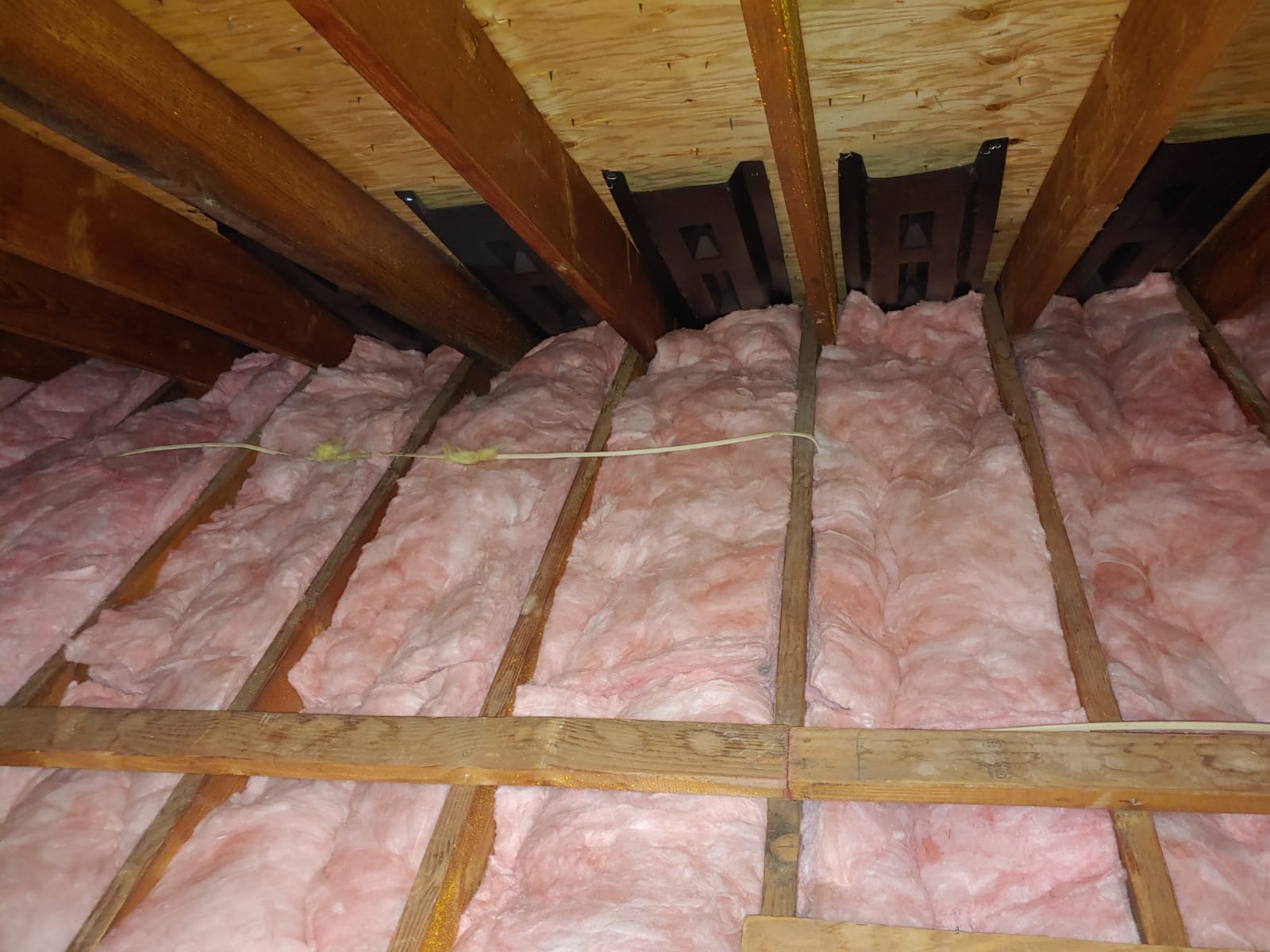
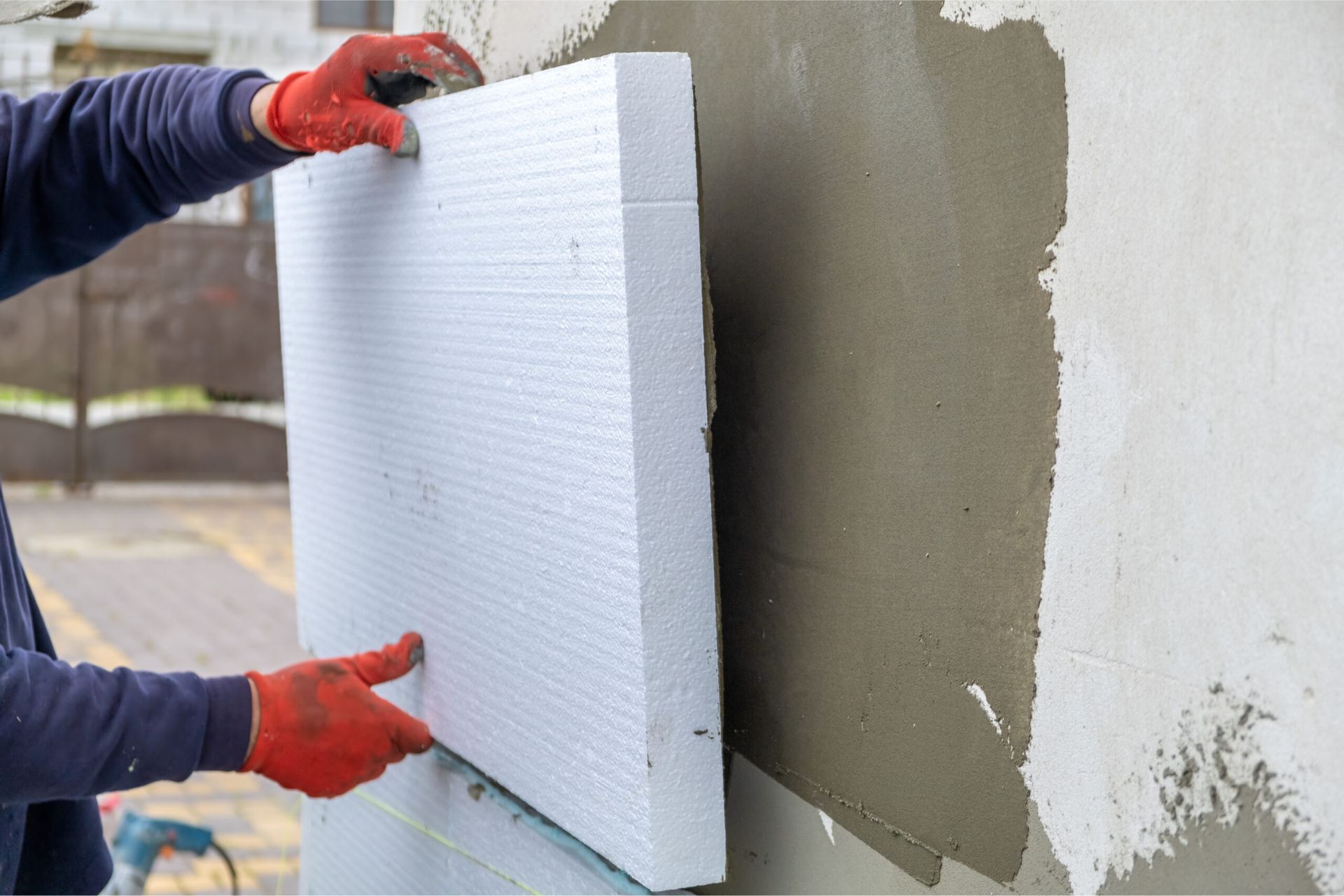
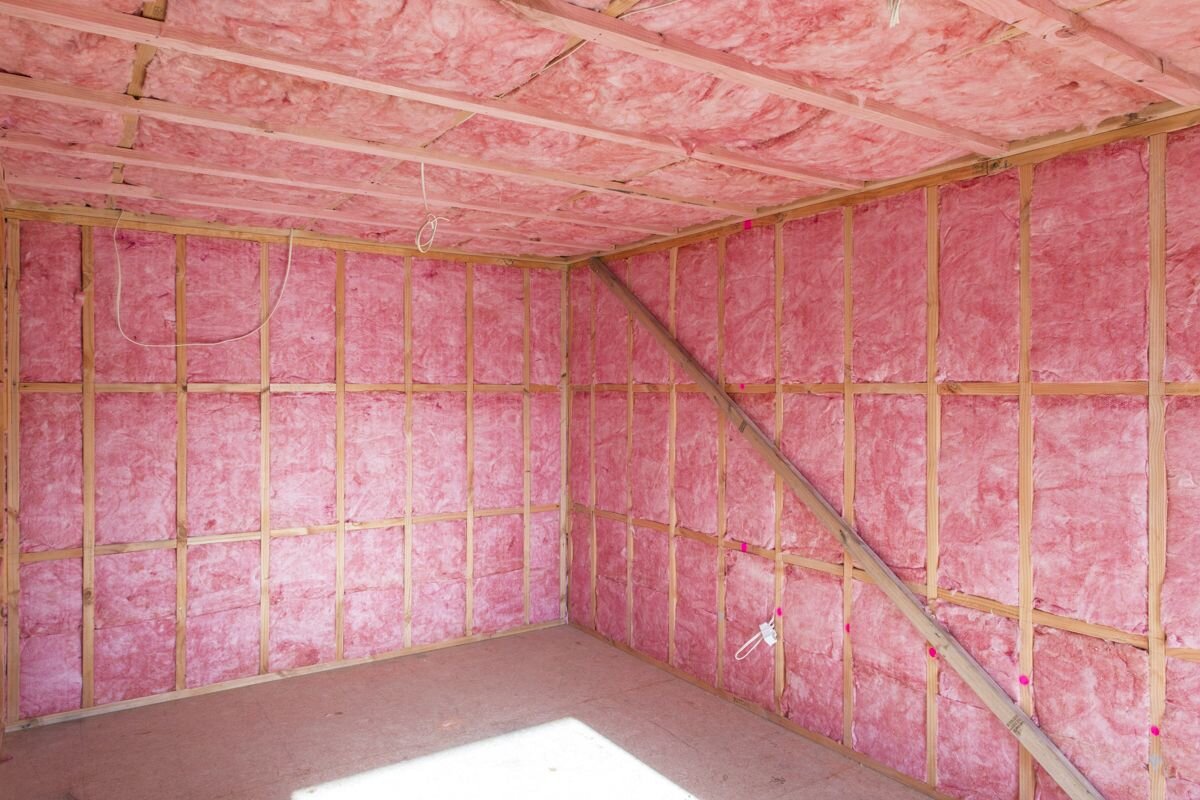
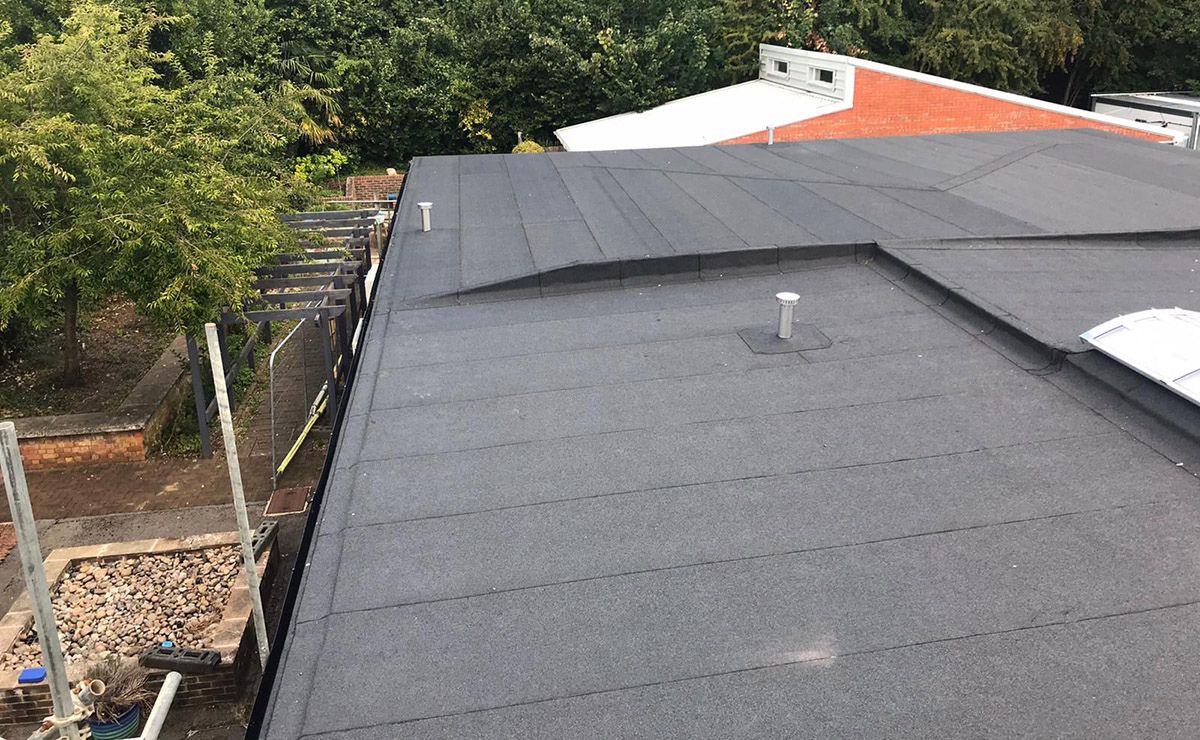
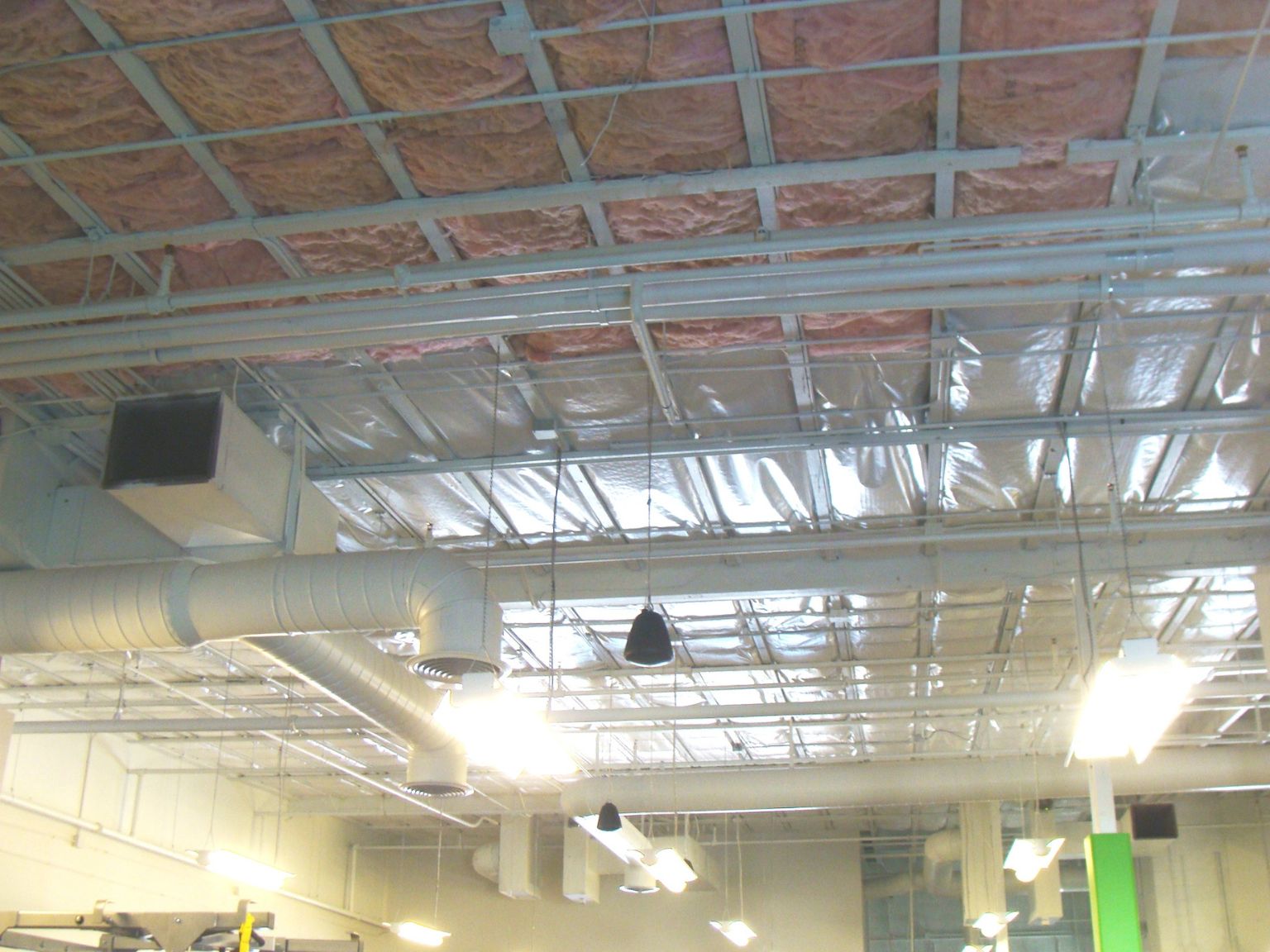
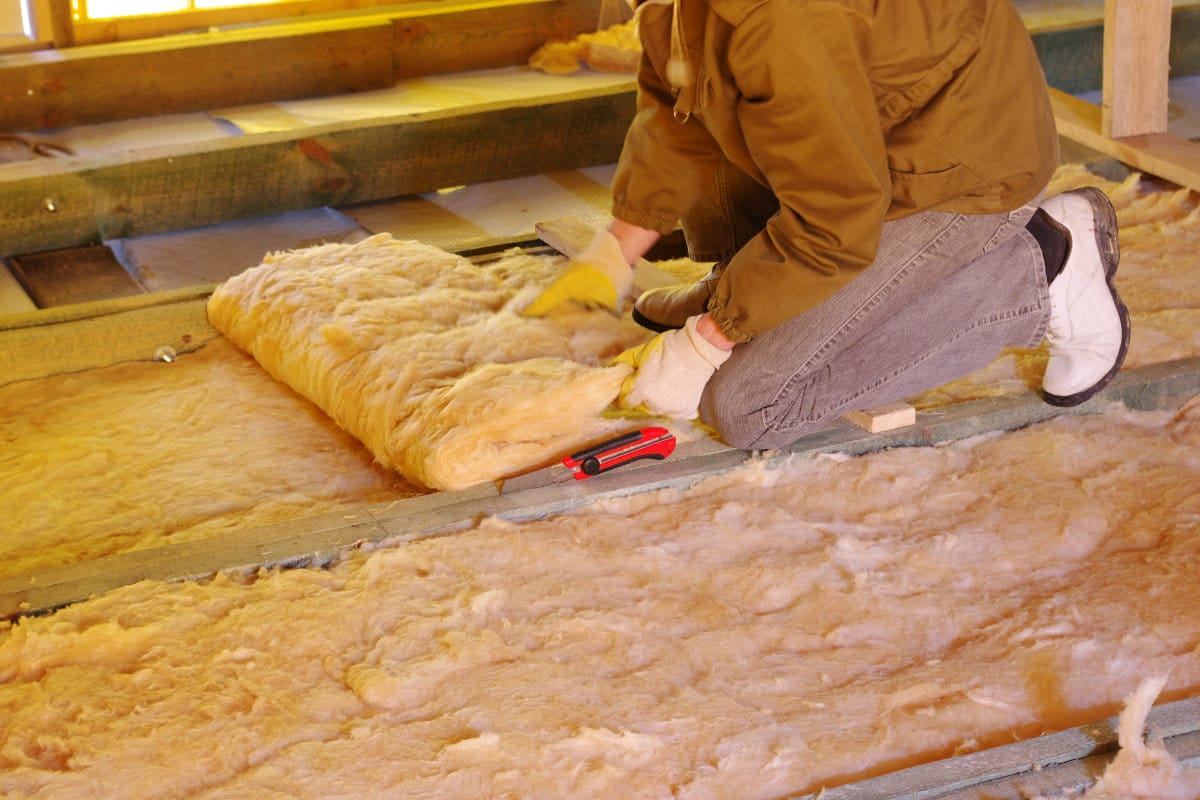
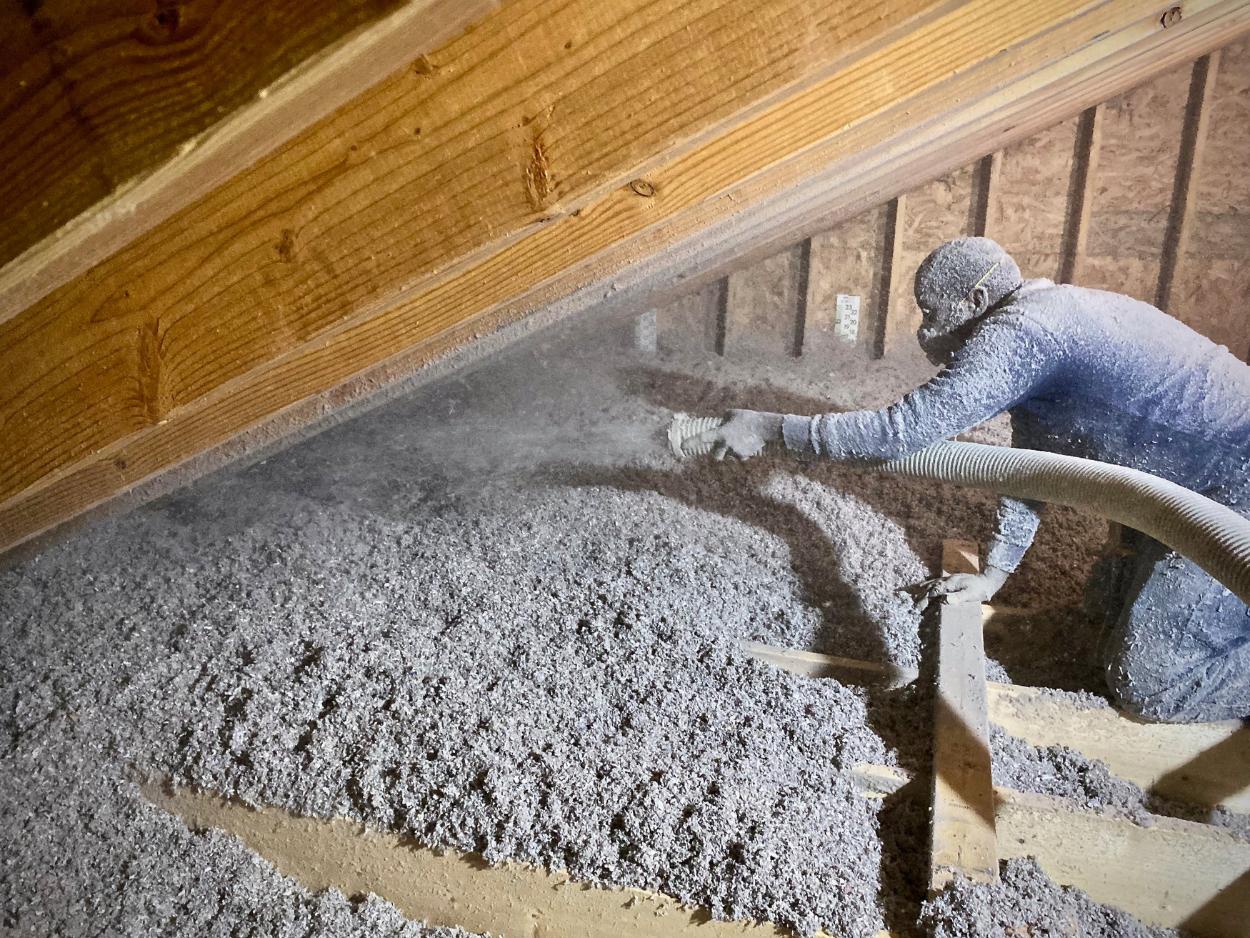

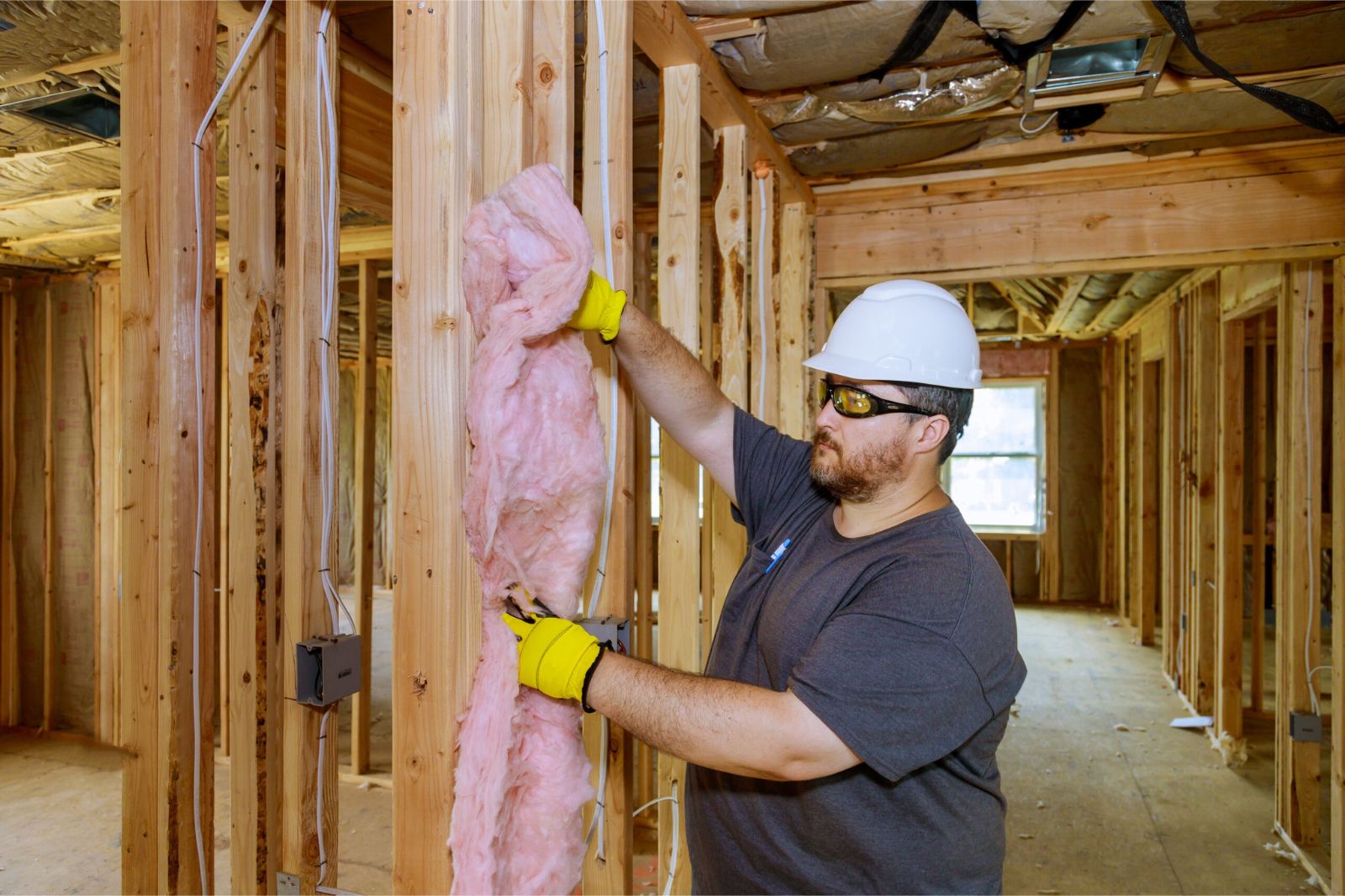
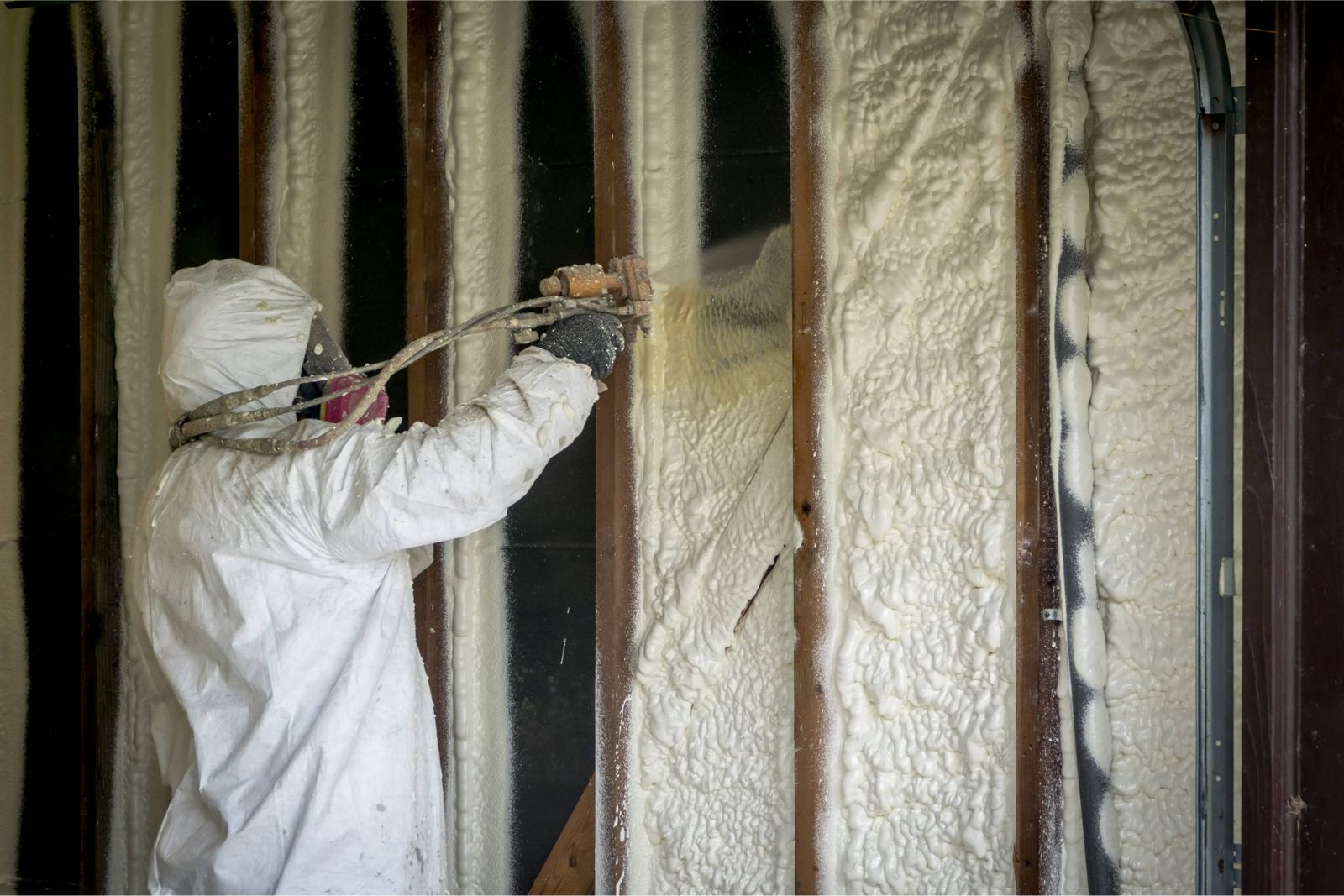
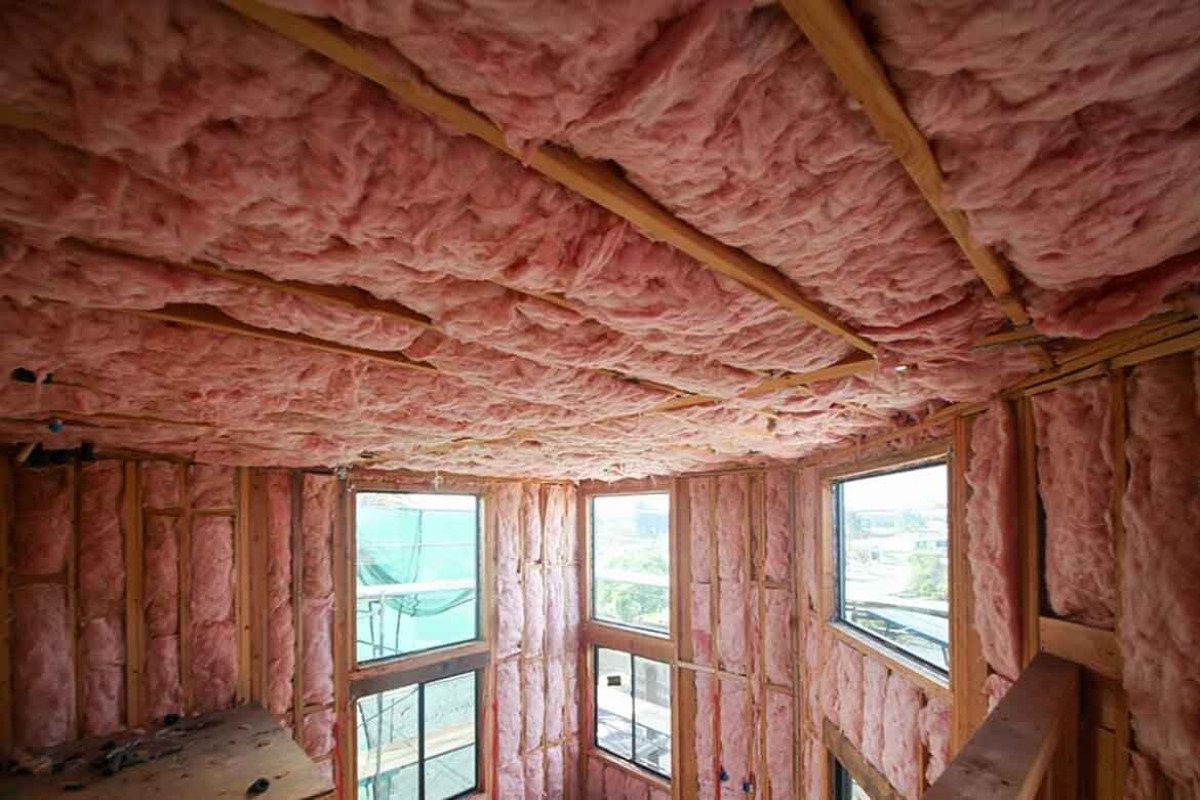

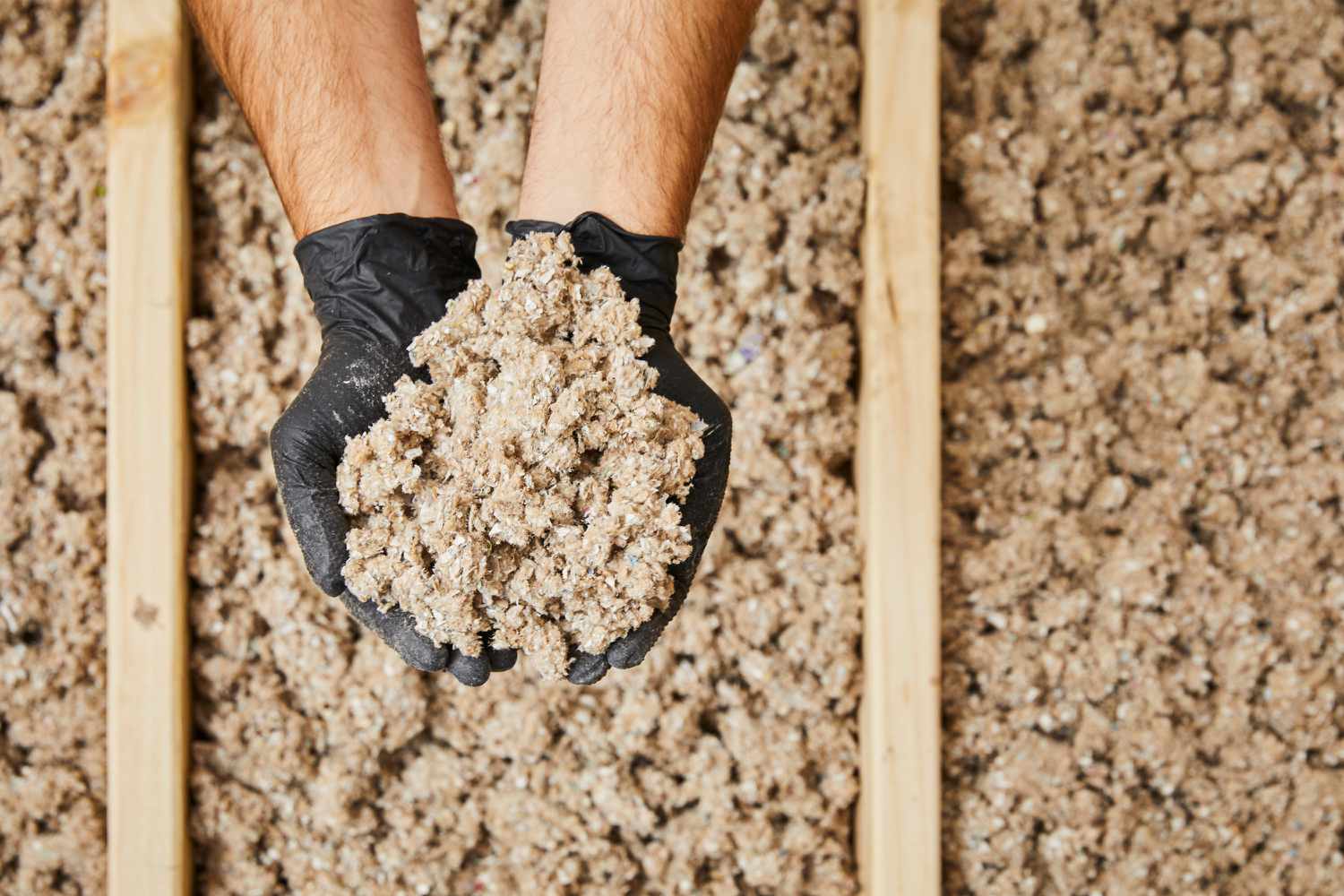

0 thoughts on “What Is Insulation In Science”